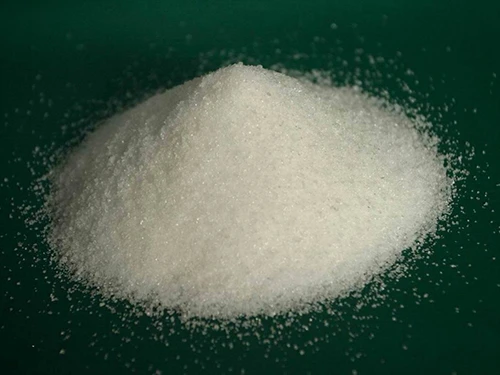Exploring the Properties and Applications of Acrylic Homopolymer in Modern Industries
Acrylic Homopolymer An Overview
Acrylic homopolymers are specialized polymers derived from the polymerization of acrylic acid and its derivatives. Due to their unique chemical structure, these polymers possess a myriad of beneficial properties that make them suitable for a wide range of applications across various industries. This article will explore the characteristics, production methods, and applications of acrylic homopolymers.
Characteristics of Acrylic Homopolymers
Acrylic homopolymers are known for their clarity, glossiness, and toughness, making them a popular choice in various formulations. One of the most significant attributes of these polymers is their excellent adhesion properties, which allows them to bond well with a variety of substrates including metal, wood, and glass.
The chemical stability of acrylic homopolymers is another advantage. They exhibit good resistance to UV light, chemical degradation, and weathering, making them suitable for outdoor applications. Furthermore, these homopolymers are generally lightweight and possess good flexibility, which enables them to withstand mechanical stress without cracking.
Acrylic homopolymers can be modified to enhance specific properties. For instance, copolymerization with other monomers can improve functionality, while the introduction of additives can enhance durability, impact resistance, or fire resistance. This versatility is one reason why acrylic homopolymers are widely used in a range of applications.
Production Methods
The production of acrylic homopolymers primarily involves free radical polymerization, although other polymerization techniques such as emulsion polymerization and bulk polymerization are also utilized. In free radical polymerization, an initiator is used to generate free radicals that initiate the polymerization process.
The polymerization can be conducted under different conditions, allowing for control over the molecular weight and properties of the final product. For example, higher temperatures and longer reaction times typically yield higher molecular weight polymers. Alternatively, the use of chain transfer agents can be employed to modify the molecular weight and structure of the homopolymer.
Once synthesized, the acrylic homopolymer can be processed into various forms, including films, coatings, adhesives, and molding materials, which enhances its applicability across various sectors
.acrylic homopolymer

Applications
Acrylic homopolymers are utilized in an expansive array of applications
1. Coatings and Paints Their outstanding adhesion, weather resistance, and gloss make acrylic homopolymers ideal for automotive and architectural coatings. They provide a durable finish that can withstand harsh environmental conditions.
2. Adhesives The strong bonding capabilities of acrylic homopolymers render them effective as adhesives. They are commonly used in construction, electronics, and woodworking industries where reliable adhesion is crucial.
3. Textiles Acrylic homopolymers are used in coatings for textiles to enhance the water and stain resistance of fabrics while maintaining their breathability and comfort.
4. Medical Devices The biocompatibility and ease of sterilization of acrylic homopolymers make them suitable for medical applications, including implants and drug delivery systems.
5. Cosmetics In the cosmetics industry, acrylic homopolymers are used in formulations for skin care products and makeup, delivering desired textures and enhancing stability.
6. Signage and Displays Owing to their clarity and ease of fabrication, acrylic homopolymers are also widely used in signage, displays, and other visual communication materials.
Conclusion
Acrylic homopolymers represent a significant segment of the polymer market due to their unique properties and versatility. Their ability to be tailored for specific applications enhances their relevance across numerous industries, including construction, automotive, healthcare, textiles, and consumer goods. As research and technology continue to advance, the potential for acrylic homopolymers will only expand, paving the way for innovative applications that further capitalize on their beneficial characteristics. With their ongoing evolution, acrylic homopolymers are poised to remain a vital component in the development of modern materials and products, addressing performance needs and sustainability demands in a rapidly changing world.
-
Pbtc Scale InhibitorPBTC: A Scale Protector for Industrial Water TreatmentNewsAug.05,2025
-
Organic Phosphonate: An Efficient Defender in the Field of Scale InhibitionNewsAug.05,2025
-
Hydrolyzed Polymaleic Anhydride: Green Pioneer in Scale Inhibition FieldNewsAug.05,2025
-
PAPEMP Polyamino Polyether Methylene Phosphonic Acid For SaleNewsAug.05,2025
-
Flocculant Water Treatment: A Pioneer in Purification in the Field of Water TreatmentNewsAug.05,2025
-
Benzyl Isothiazolinone: An Efficient and Broad-Spectrum Antibacterial Protective GuardNewsAug.05,2025





